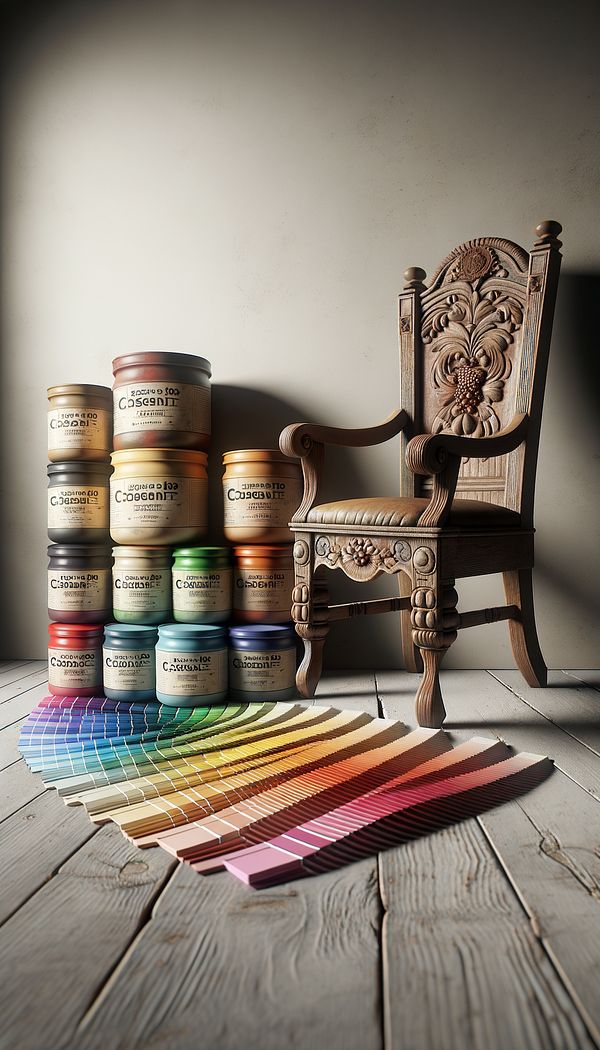What is Casein?
Casein is a natural, protein-based paint binder derived from milk.
Description
In the realm of interior design, casein plays a unique and increasingly appreciated role, particularly in the domain of historical restorations and eco-friendly projects. Extracted from milk, this protein acts as a binder for pigments in paint, imparting a distinct matte finish and rich texture that is hard to achieve with purely synthetic materials.
Casein-based paints, also known as milk paints, were once a staple in the world of decorative arts and interior design, especially before the advent of acrylics and latex-based paints. These paints offer excellent adhesion to various surfaces, making them a superb choice for furniture, walls, and even floors. The gentle, natural composition of casein paints makes them a preferred option for those aiming to minimize their environmental impact or to create interiors that are safe for those with chemical sensitivities.
A notable characteristic of casein paint is its durability and resistance to mold, due to the protein’s natural properties. When dried, casein paint creates a robust, water-resistant layer, making it suitable for use in a variety of settings. The ability to mix casein with lime further enhances its preservative qualities, extending the life and appearance of the paint over time.
Usage
Casein is widely used in the restoration of historic buildings where accuracy and authenticity are paramount. Its natural composition is also favored in spaces that prioritize eco-friendly and sustainable design practices. Additionally, furniture restorers and artisans often choose casein-based finishes to achieve an authentic, period-appropriate look on their pieces.
FAQs
-
Is casein paint suitable for all interior surfaces?
Yes, casein paint can be applied to a wide range of interior surfaces including wood, plaster, drywall, and masonry. Its excellent adhesion properties make it versatile for use in various design contexts.
-
How does casein paint differ from modern paints?
Casein paint offers a distinctive matte finish and rich texture that differs from the glossy or semi-gloss finishes typically seen with modern latex and acrylic paints. Its natural composition also means it's more eco-friendly and suitable for individuals with chemical sensitivities.
-
Can casein paint be used outdoors?
While casein paint has natural mold-resistant properties and is water-resistant when dry, it is generally best suited for interior applications. External elements could potentially affect its durability.
Practical Application
When using casein-based paints, it's important to prepare your surface properly and apply a primer if needed. Mixing the paint according to the manufacturer's instructions will ensure the best results. Keep in mind that casein paint dries quickly, so work in manageable sections and blend edges while the paint is still wet to avoid visible lines. For a more durable finish, especially on furniture or floors, sealing the painted surface with a clear topcoat is recommended.
-
Furniture Types599 articles
-
Decorative Techniques322 articles
-
Historical Periods & Movements150 articles
-
Materials & Textiles360 articles
-
Sustainability & Eco-Friendly Design69 articles
-
Spool BeadA decorative small wooden molding featuring a series of round beads.
-
Muted ColorsMuted colors are hues that have been dulled or desaturated.
-
InspirationInspiration in interior design refers to the process or moment when new ideas for designing a space are conceived.
-
GreigeGreige is a color that blends gray and beige tones.
-
DecalA decal is a design prepared on a special paper for durable transfer on to another surface such as glass, metal, or ceramic.
